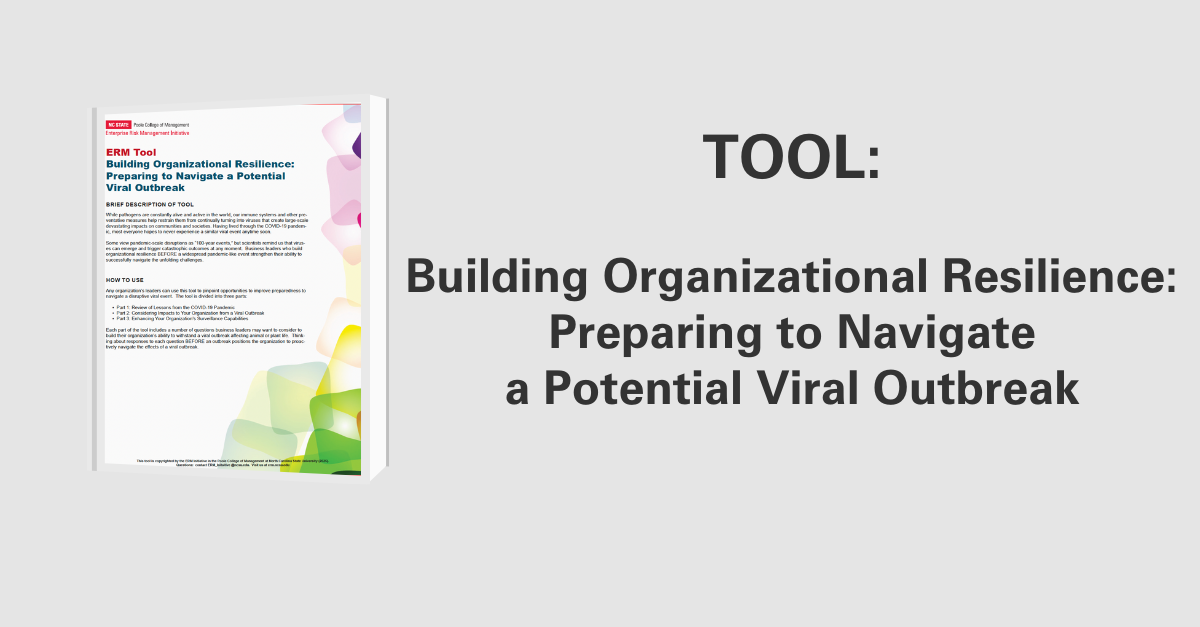How Global Changes Can Affect the Business Environment
In this article, PricewaterhouseCoopers (PwC) has identified five megatrends that are changing the business environment. A megatrend is a change on a global scale that is often verified with factual data. In the past few years PwC has noticed that its clients are identifying and changing their strategies because of these megatrends. This article explains each of the five megatrends identified and then lists some possible effects of each trend. The five trends are:
- Growing Urban Population
- Global Warming
- Demographic Changes
- Emerging Markets Gain Power
- Advances in Technology
Growing Urban Population
The United Nations predicts that urban populations will grow by 72% in 2050. This growth will mainly happen in African and Asian countries and the rural population will fuel this growth. In developed countries, current infrastructure will not be enough to keep up with this growth and in emerging economies new cities will form. Cisco believes that cities will want to use data and cloud technology to help promote efficient city management and communication. Therefore Cisco is positioning itself for this growth opportunity.
The article identified two implications as a result of rapid urban growth. The first implication is that megacities (cities with more than 10 million residents) will have more influence on nations due to their size and constituent voting power. The second is that as these cities grow there will be a greater demand for resources to build infrastructure, educate residence, provide security and promote employment opportunities.
Global Warming
Companies have noticed that the climate is changing because of the rise in extreme weather and sea levels. This change is making it harder for traditional farming and creating a greater demand of resources. Companies are already thinking about responses to this trend. For example, Coca-Cola sees water scarcity in the future as a threat to its sustainability. This threat has caused Coca-Cola to initiate an initiative to restore the US watershed by returning water to the National Forest System. Weather changes and population growth both drive resource scarcity. The National Intelligence Council predicts that by 2030 we’ll need 50% more energy, 40% more water and 35% more food.
Due to these changes we are likely to see an increase in regulation directed towards conservation and sustainability. We should also see an increase in conflicts around the world as access to resources is decreased. These changes will make securing resources through collaboration all the more fundamental and we could also see new industries being developed and existing ones transforming.
Demographic Changes
Populations are growing older in developed countries while other countries are experiencing an increase in their overall growth rate. This change will affect the labor force making it more difficult for companies to acquire talent in developed countries. Almost two-thirds of CEOs are concerned that there are not enough skilled laborers to meet demand. Over 90% of companies are changing the way they attract and retain employees.
The implications of this demographic change are that governments may have to increase taxes in order to care for the elderly and companies may have to revise their business models due to an increase in pension costs. Workers may also have to improve their skills or learn new ones in order to stay competitive in the job market.
Emerging Markets Gain Power
Over the past few hundred years, the West has been the economic powerhouse. Now developing countries, in particular “BRIC” countries, are gaining more influence due to increases in population, exports, and innovation. As these countries trade and invest within themselves, we are likely to see them grow at a more rapid rate. India and China could see large increases in their middle classes. This poses a great opportunity for car manufactures. Three-fourths of Americans own vehicles while only about 2% in India and 6% in China own at least one vehicle.
This shift in economic power may create more competition on a global scale while reducing the influence of Western markets. This could make talent and businesses seek opportunities abroad placing established markets at a disadvantage for growth. Western governments may notice large companies leaving to settle in emerging markets in order to gain a tax break. This could cause governments to lower taxes in order to keep large companies from moving abroad.
Advances in Technology
New technological developments are creating totally new industries. These breakthroughs have come from advances in nanotechnology, research and development, and mobile technology. Companies are tackling with these changes by attempting to anticipate how they will affect consumer trends. For example, Amazon is seeking approval from the FAA to deploy a drone delivery system and Ogranovo is creating 3D livers in a lab. Both of these advances are different but could equally have a large impact on their industries.
The implications for advances in technology are that there will be fewer barriers for virtual businesses, thus creating more competition; and the ability to leverage and use this technology will be a necessity instead of just an advantage.
Conclusion
So what do these changes mean for directors? Boards should consider what the company’s purpose is and how it will remain relevant to customers and society in general. Directors should also oversee management’s risk identification and mitigation process in order to gain comfort with the identification of emerging threats. These megatrends will influence consumer preferences and regulation. It’s imperative to understand how these megatrends affect your business and the environment it operates in.
Original Article Source: “Five megatrends and possible implications”, PwC, April 2014
- Categories:
- Types:


